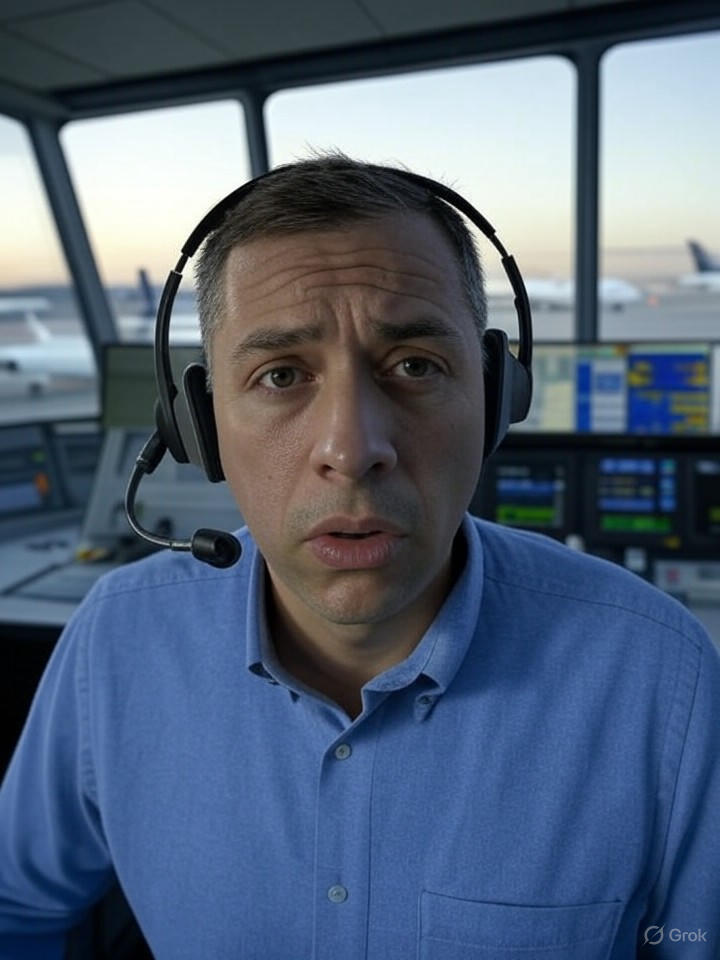In the early evening of August 16, 2025, New Zealand’s airspace over the vast Oceania region ground to a halt, stranding trans-Tasman flights in holding patterns and exposing vulnerabilities in one of the world’s most isolated air traffic systems. Airways New Zealand, the state-owned entity responsible for managing the country’s air traffic control, confirmed that a software glitch disrupted the cross-system transfer of critical flight data, leading to a 40-minute outage that rippled across international routes. According to reports from NZ Herald, the failure originated in the oceanic control system, which handles flights over the Pacific, forcing at least five aircraft to circle off the coast while four others remained grounded.
The incident, described as “highly unusual” by aviation experts, affected major carriers including Air New Zealand, Qantas, Jetstar, Virgin Australia, and Emirates. Passengers en route between Australia and New Zealand faced delays and cancellations, with some flights diverted or held in limbo as controllers scrambled to restore operations manually. Airways NZ’s chief executive later apologized publicly, emphasizing that safety protocols prevented any risk to aircraft, but the event highlighted the fragility of digital infrastructure in remote airspace management.
Unpacking the Technical Glitch: A Data Transfer Bottleneck
Investigations revealed the core issue stemmed from a failure in data synchronization between Airways’ primary flight planning software and its backup systems. As detailed in a Slashdot analysis drawing from Radio New Zealand sources, the glitch prevented the seamless handover of flight plans, radar data, and positional information across networked servers. This isn’t the first time such a problem has plagued air traffic control; industry insiders recall similar data transfer hiccups in Europe’s Eurocontrol system in 2018, where a software update caused widespread delays.
Airways NZ, which oversees about 1 million square kilometers of oceanic airspace, relies on a proprietary system called SkyLine, integrated with global standards from the International Civil Aviation Organization. The outage occurred during peak evening traffic, amplifying its impact. Experts quoted in RNZ News noted that while redundant systems are designed to mitigate such failures, the specific data transfer protocol—likely involving XML-based messaging—failed to activate failover mechanisms promptly, leading to a cascade effect.
Industry Repercussions and Calls for Scrutiny
The disruption prompted immediate scrutiny from New Zealand’s Civil Aviation Authority, which announced a full review to assess systemic risks. Aviation consultant Irene King, speaking to Newstalk ZB, described the event as a wake-up call for investing in more resilient cloud-based architectures, pointing out that legacy systems like those used by Airways are increasingly susceptible to glitches amid rising air traffic volumes post-pandemic.
Broader implications extend to global supply chains, as New Zealand’s airspace serves as a critical corridor for Asia-Pacific freight and passenger routes. Posts on X (formerly Twitter) from aviation watchers, including real-time updates from users tracking FlightRadar24 data, captured public frustration and speculation about cyber vulnerabilities, though officials ruled out foul play. Comparisons to the 2023 UK National Air Traffic Services meltdown, caused by a flight plan processing error, underscore a pattern: data integrity issues can paralyze operations, costing airlines millions in fuel and rerouting expenses.
Lessons from Past Failures and Future Safeguards
Historical precedents abound, such as the 2019 New Zealand ATC outage triggered by a fire alarm, as recounted in older Travel Radar coverage, which grounded domestic flights and exposed evacuation protocol flaws. Today’s incident, however, spotlights the evolution toward digital-heavy systems, where even minor transfer errors can escalate rapidly.
Looking ahead, Airways NZ has committed to software patches and enhanced testing, with industry figures advocating for AI-driven predictive maintenance to preempt such failures. As air travel demand surges—projected to hit pre-2020 levels by 2026 per International Air Transport Association forecasts—the pressure mounts on providers like Airways to fortify their tech stacks. For insiders, this outage serves as a stark reminder that in the high-stakes realm of air traffic control, data flows must be as reliable as the skies they govern, lest minor glitches ground entire networks.




 WebProNews is an iEntry Publication
WebProNews is an iEntry Publication